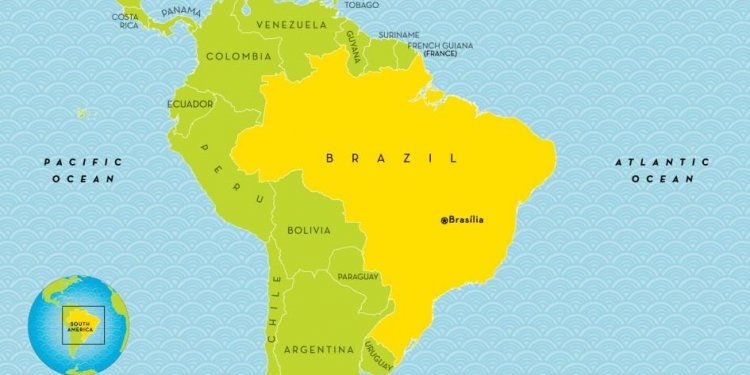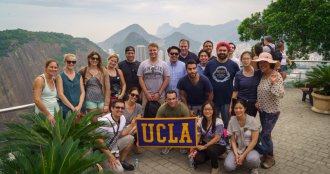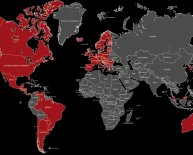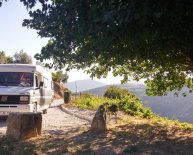
The country Brazil
 When the Center for Global Management announced that it was organizing a Global Immersion course that would travel to Brazil called “An Evolving Brazil – What Does the Future Hold for the Largest Economy in Latin America?” led by legendary Professor Eric Sussman (no, we’re not related), I knew this was my chance to finally get answers to some of my questions about the world’s seventh largest economy. It was a unique opportunity to fill the deep hole in my knowledge of Latin America. So I jumped at the chance to spend the spring break of my second year in Brazil. Here’s what I heard and saw:
When the Center for Global Management announced that it was organizing a Global Immersion course that would travel to Brazil called “An Evolving Brazil – What Does the Future Hold for the Largest Economy in Latin America?” led by legendary Professor Eric Sussman (no, we’re not related), I knew this was my chance to finally get answers to some of my questions about the world’s seventh largest economy. It was a unique opportunity to fill the deep hole in my knowledge of Latin America. So I jumped at the chance to spend the spring break of my second year in Brazil. Here’s what I heard and saw:
Salvador / Chapada Diamantina
A small sub-group of second year full-time MBAs and I headed down five days before the official start of the Global Immersion course to make the most of our time in Brazil. Our side trip explored the capital of the state of Bahia, called Salvador, and a little known national park called Chapada Diamantina, about a five-hour drive from Salvador. When we arrived at our Pousada in Salvador, I asked the owner about the Zika virus. Was all the hype real? He said, “Well, the mosquitos that carry the Zika virus come out only during one part of the day, but during the other hours, the mosquitos carrying Dengue and Chikungunya are out, so it’s best to wear bug spray all the time. Oh and also, don’t wear any jewelry when you walk around. It will most certainly be robbed.” That evening, I sat in the plaza central jewel-less and covered with deet, drinking a fresh caipirinha and listening to a Samba band play while locals danced. It was vibrant, full of life, laughter, and excitement, despite all the impending threats – entomological and otherwise.
Was all the hype real? He said, “Well, the mosquitos that carry the Zika virus come out only during one part of the day, but during the other hours, the mosquitos carrying Dengue and Chikungunya are out, so it’s best to wear bug spray all the time. Oh and also, don’t wear any jewelry when you walk around. It will most certainly be robbed.” That evening, I sat in the plaza central jewel-less and covered with deet, drinking a fresh caipirinha and listening to a Samba band play while locals danced. It was vibrant, full of life, laughter, and excitement, despite all the impending threats – entomological and otherwise.
Chapada Diamantina lived up to BuzzFeed’s claim of being one of the must-see places in Brazil. It was stunning, and best described as a combination between the Grand Canyon, Joshua Tree, and Table Mountain in South Africa. It is the place to go for hikes, waterfalls, caves, stunning views, and breathtaking photos. We stayed in the little outpost town of Lençóis. Despite a significant downturn in tourism since Brazil entered its recession in 2015, tables and chairs are set out nightly on Lençóis’ cobble stone streets, and people sit outside eating, drinking, and dancing late into the night.













